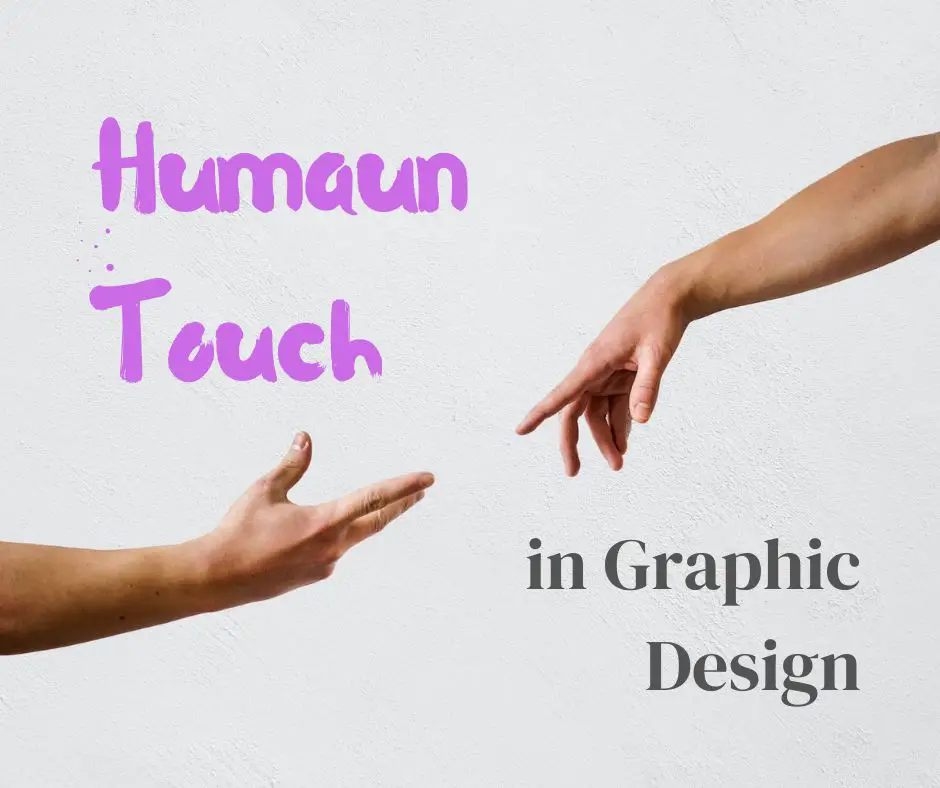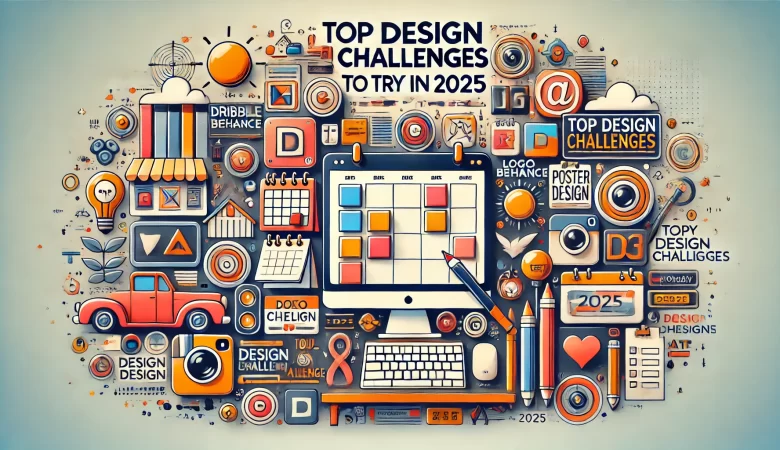Graphic design has come a long way in the digital age. Technology and software have made the process faster, more efficient, and automated, leading to a focus on functionality over creativity.

However, the rise of artificial intelligence (AI) has brought a new wave of creativity, prompting designers to rethink their roles and how to best leverage AI to enhance their design process.
As such, the importance of the human touch in design has become more pronounced, calling for greater emphasis on empathy, storytelling, and emotional connections.
The Significance of Human Touch in Graphic Design
Human touch is the essence of creativity in graphic design. It involves injecting personality and emotional resonance into designs that go beyond mere functionality.

source: Creative Fabrica
With the human touch, designers can create designs that not only solve problems but also touch the hearts and minds of their audience.
By understanding human emotions, behaviors, and preferences, designers can come up with more effective design solutions that connect with users on a deeper level.
Moreover, the power of storytelling through graphic design is immense; designers can use storytelling to captivate audiences and foster engagement, thereby creating long-lasting impressions.
3 Examples of Human Touch in Graphic Design
There are various ways in which designers can infuse the human touch into their designs. Illustrations, hand-drawn or digitally crafted, can convey personality and warmth.

source: Creative Fabrica
Typography that reflects the brand’s personality and resonates with its target audience can enhance the brand’s uniqueness.
Color palettes that evoke emotions and create a cohesive visual language can guide users towards the intended emotional responses. In addition, layouts that guide the user’s eye can create a sense of balance and harmony.
The Human Touch in the Age of AI
AI can potentially revolutionize the design process, but it cannot replace the human touch. Instead, human designers should leverage AI as a tool to enhance their creativity.

source: Creative Fabrica
AI can help designers explore new possibilities and experiment with unconventional approaches that they would otherwise not have the time or creativity to accomplish independently.
The fusion of human creativity and AI intelligence can create designs that are both innovative and human-centered.
Conclusion
In conclusion, the human touch is an essential component of graphic design that cannot be neglected. It brings personality and emotional resonance to designs that can differentiate a brand from its competition.
While technology and AI have their place in graphic design, they do not replace the human touch. Instead, they should be leveraged to enhance the designer’s creativity and expand the possibilities of what is possible.
Embracing the human touch means prioritizing empathy, storytelling, and emotional connections, resulting in designs that touch the hearts and minds of users.



